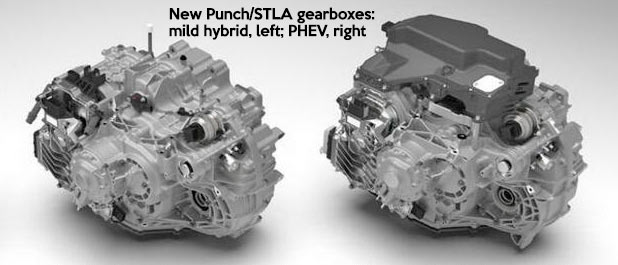On Monday, FCA US announced that it would be making a 1.6 liter turbocharged engine for use with hybrid powertrains in two American vehicles. This engine appears to be a new edition in the established EP6 series.
The first EP6 four-cylinders had rather public issues with the valve timing; when these were fixed, PSA assigned the name PureTech to the engines to separate them from the less reliable models.

As we stated on Monday, the EP6CDTX variant of the 1.6 liter Peugeot engine is good for 201 hp and 203 lb-ft of torque, using a twin-scroll turbo and direct injection; however, since it will be part of a hybrid powertrain, those numbers aren’t really relevant. The EP6CDTX hybrid setup, using an electrified Aisin transmission, was good for 296 horsepower; with an electric motor on the rear axle, the system generated 360 hp.
The version to be made in Michigan (and which might replace the 1.5 GSE engines used in the Tonale and Hornet) replaces the Aisin transmission with a new setup developed with Punch; it uses a design similar to a dual-clutch automatic, with electric motors built in. No power ratings for this have been released yet, but it is likely to be made in standard and PHEV (plug-in) versions.
Stellantis said the new setup will be used on “all compact SUVs developed on the STLA Medium (or e-VMP) platform.”
American production is earmarked for Dundee, Michigan, starting in 2025. In Europe, they will be made in Hungary, to the tune of 200,000 engines per year, starting in 2024. EP6 production is moving from Douvrin, which is switching to battery production.
This story was based on a longer report at Motales.com.